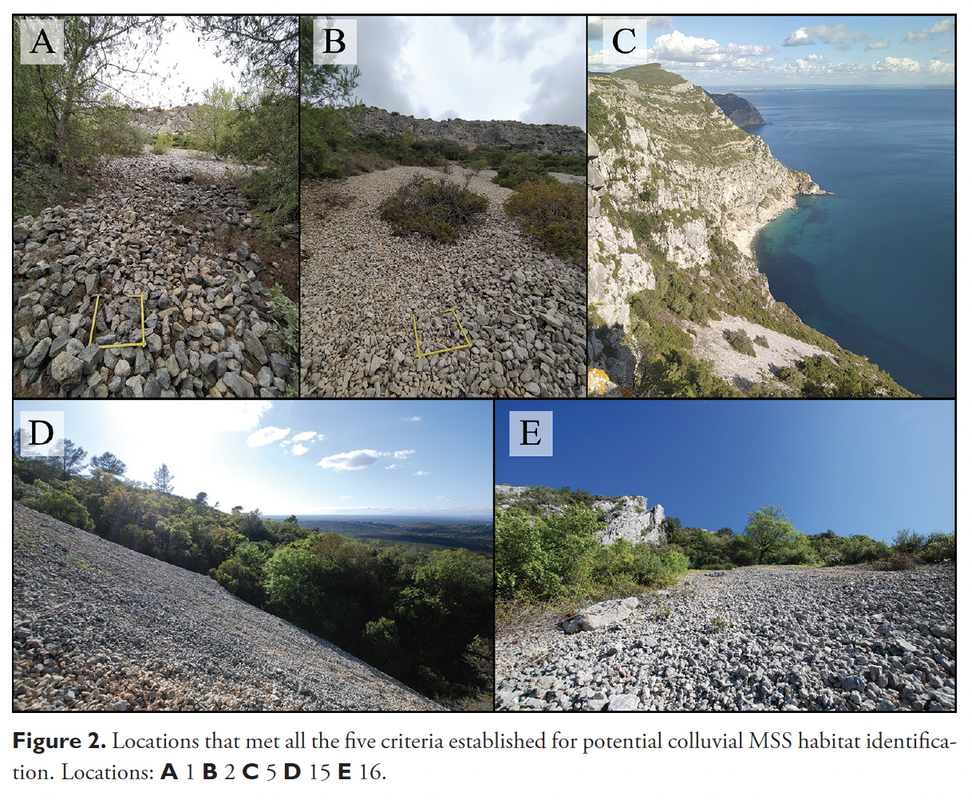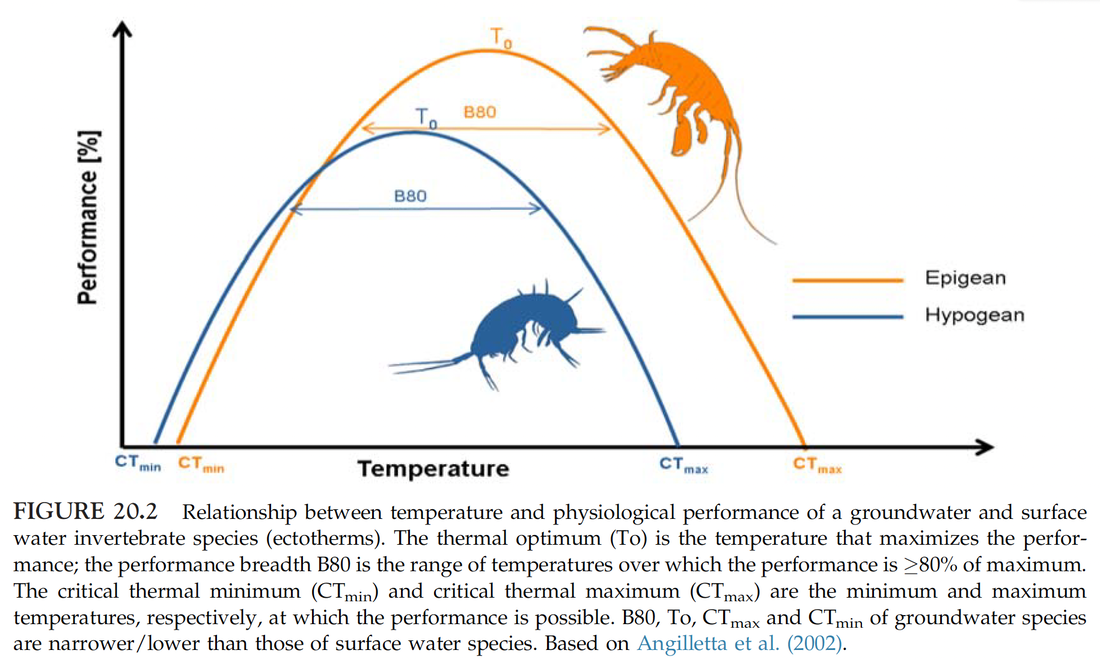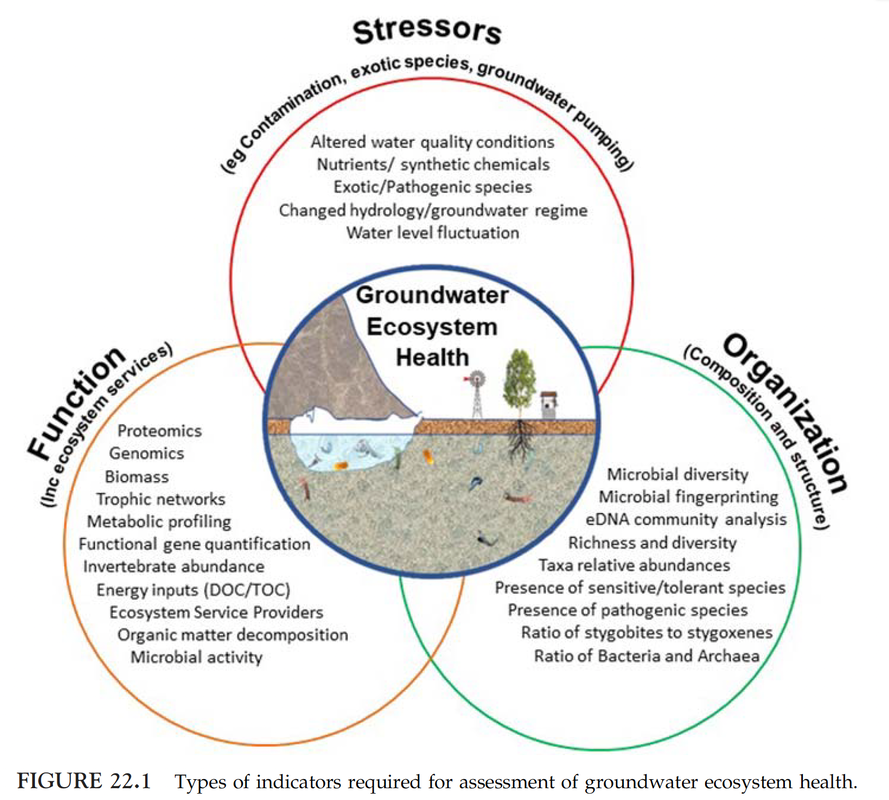Understanding habitat extension that limits species distribution is a crucial tool for management and conservation, in which habitat mapping plays a pivotal role. The mesovoid shallow substratum (MSS) is a type of shallow subterranean habitat with an important conservation value for invertebrate communities, functioning as climatic/reproductive refuge, biogeographic corridor and/or permanent habitat. Methodologies to map the mesovoid shallow substratum (MSS) are currently lacking. We propose a novel method for colluvial MSS habitat mapping, combining geographic information systems, geological maps, and geological knowledge on the habitat genesis. We tested and validated the efficiency of the method using the Arrábida karst area (Portugal) as a model. The method allowed the remote detection of MSS habitats suitable for invertebrate communities ex situ within the study area, and enabled the estimation of habitat extent. The faunal communities sampled in the selected location were dominated by arthropods, especially insects, showcasing the efficacy of this mapping method to detect suitable MSShabitats. The use of this method considerably reduces the in situ scouting area, providing a more efficient way of locating these habitats. The MSS is protected under EU legislation concerning floral communities and geological features, completely neglecting its faunal communities. This method also allows to estimate potential MSS habitat extension in several lithologies, facilitating the implementation of invertebrate prospections, and the establishment of more effective conservation measures.
References: Eusébio R., Fonseca P.E., Rebelo, R., Mathias M.L. & Reboleira A.S.P.S. (2023). How to map potential mesovoid shallow substratum (MSS) habitats? A case study in colluvial MSS. Subterranean Biology, 45: 141-156. https://doi.org/10.3897/subtbiol.45.96332



 RSS Feed
RSS Feed
